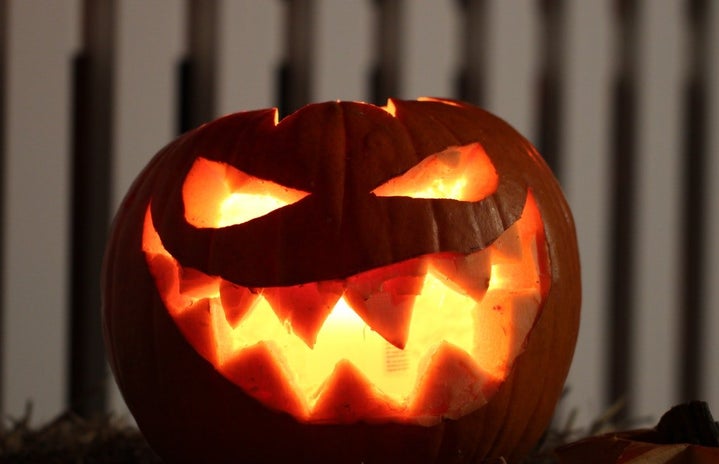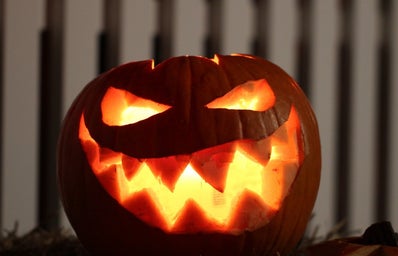As the leaves change color and the temperature drops, people around the world begin preparing for one of the year’s most anticipated holidays. Today, we celebrate Halloween by wearing costumes, going trick-or-treating, and carving pumpkins. Along with those traditions, there are other things associated with Halloween, such as black cats and ghosts, devouring seasonal treats, and the widespread use of the colors black and orange. Where did all of these traditions come from? Believe it or not, Halloween has one of the most interesting holiday backstories!
Halloween dates back to an ancient pre-Christian Celtic festival of the dead, known as Samhain. Samhain is a pagan religious celebration to welcome the end of the summer harvest in which people would light bonfires and wear costumes to ward off ghosts. In the eighth century, Pope Gregory III made November 1 a time to honor saints. This became known as All Saints Day, which incorporated some of the Samhain traditions. The evening before All Saints Day became known as All Hallows Eve and was eventually referred to as Halloween.
The tradition of wearing costumes arose when the people wanted to scare off evil ghosts. To avoid being terrorized by all the evil spirits walking the Earth during the Samhain celebration, the people disguised themselves so they’d be mistaken as spirits.
As for the tradition of pumpkin carving, this came about when it was decided that the legend of Stingy Jack would be the reason pumpkin carving would become so popular. It’s stated that “Stingy Jack repeatedly trapped the Devil and only let him go on the condition that Jack would never go to Hell. But when Jack died, he learned that Heaven did not want his soul either, so he was forced to wander the Earth as a ghost for eternity. The Devil gave Jack a burning lump of coal in a carved-out turnip to light his way.” said Blogs.loc. Now, because of this legend locals would carve scary faces in pumpkins to scare away evil spirits.
The traditional Halloween colors of black and orange also trace back to the Celtic festival of Samhain. For the Celts, black represented the “death” of summer, while orange symbolized the autumn harvest season.
The idea of being spooked by black cats dates back to the Middle Ages when these dark felines were considered a symbol of the Devil. Later in history, accused witches were often found to own black cats. This started the idea that the cats were a witch’s “familiar,” an assistant to the witch’s dark magic.
All these traditions and ideals are what make Halloween such a beloved holiday. As the years go on, we continue to make these traditions our own by celebrating the holiday in our own way. So, whether you celebrate or not, enjoy all the things the Halloween season has to offer.
References
Trick or treat? : Halloween history at Hagley. Hagley. (2019, October 28). https://www.hagley.org/librarynews/trick-or-treat?gclid=CjwKCAjw1t2pBhAFEiwA_-A-NLURKvLWmhs7tWaguWWBGlQZgbqrR5E2AsjENBX0rH8vTlkMSipVGxoCEFMQAvD_BwE
Thomas, H. (2021, October 26). The origins of Halloween traditions: Headlines and heroes. The Library of Congress. https://blogs.loc.gov/headlinesandheroes/2021/10/the-origins-of-halloween-traditions/


